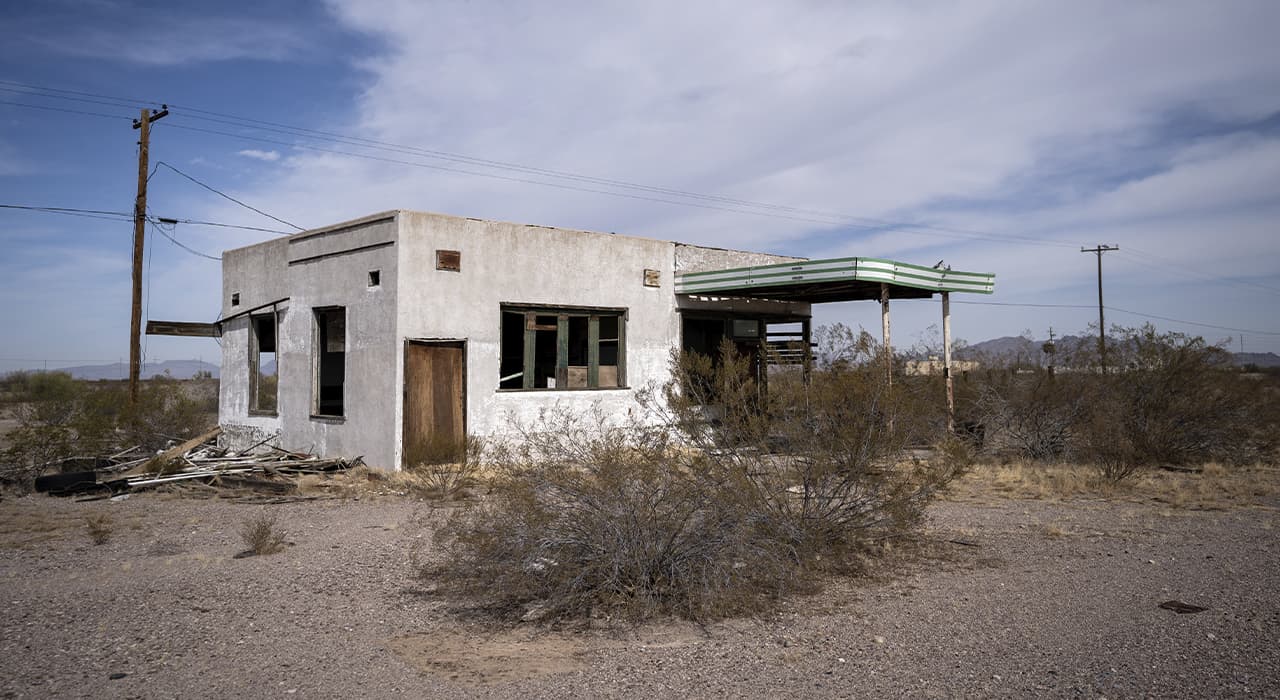The history of Tucson, Arizona began thousands of years ago. The Paleo-Indians had been growing plants and hunting game in the Santa Cruz River Valley since 10,000 BC or earlier. Archaic peoples began building irrigation canals, among the first in North America, about 1,200 B.C. The Hohokam people lived in the Tucson area from about 450 to 1450 A.D., in a complex
Jesuit missionary Eusebio Francisco Quinault founded the San Xavier d el Bac mission in 1700. During the 1700s, Spanish missionaries tried to persuade Native Americans to convert to Catholicism and live the Spanish way of life. The Spanish built a fort at Tubac in 1751. It was moved to Tucson in 1775, where Hugo O’Conor, an Irishman working for the Spanish Crown, formally founded Presidio San Augustin del Tucson.
The Spaniards remained in the area repelling repeated attacks on the fort by Apache warriors. In 1821 Tucson became part of the new state of Sonora in Mexico, which gained independence from Spain. In 1854 Tucson, along with much of the surrounding territory, was purchased from Mexico by the United States as part of the Hudsden Purchase and became part of New Mexico Territory. President Lincoln created the Arizona Territory in 1863, and Tucson was named the capital from 1867 to 1877. On 14 February 1912, Arizona became the 48th state in the United States.
Tucson was probably first visited by Paleo-Indians, who are known to have lived in southern Arizona about 12,000 years ago. Recent archaeological excavations near the Santa Cruz River have uncovered a village dating back to 2100 B.C. The Santa Cruz River floodplain was intensively farmed during the early agricultural period, from about 1200 B.C. to 150 A.D. These people built irrigation canals and grew corn, beans and other crops while gathering wild plants and hunting. The early pottery period saw the first widespread use of ceramic vessels for cooking and storage in Tucson. The groups, designated Hohokam , lived in the area from 600 to 1450 AD and are known for their extensive irrigation canal system and their red-brown pottery.
Jesuit missionary Eusebio Francisco Quinault visited the Santa Cruz Valley in 1692 and founded the mission of San Xavier del Bac in 1700, about 7 miles (11 km) upstream from the Tucson settlement. A separate Convento settlement was established downstream of the Santa Cruz River, at the foot of what is now Mt. “A” . Hugo O’Conor , the founding father of Tucson, Arizona, authorized the construction of a military fort at this location Presidio San Agustin del Tucson on August 20, 1775 (next to the current downtown Pima County Courthouse). During the Spanish period, Presidio attacks, such as the Second Battle of Tucson, were carried out repeatedly by Apaches. The town eventually became known as “Tucson” and became part of the state of Sonora after Mexico gained its independence from the Kingdom of Spain and its Spanish Empire in 1821.
